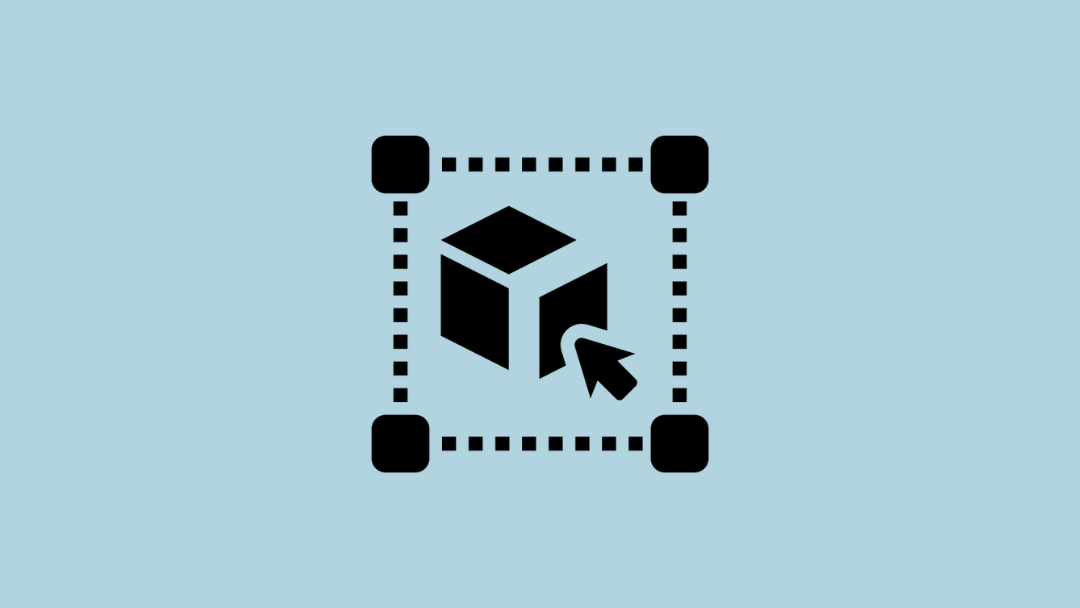If you sell anything online—from boutique headphones to custom furniture—the images you choose can make or break the sale. Visuals are no longer a mere garnish; they lead the customer journey. But should your next product campaign rely on a camera or on pixel-perfect computer graphics? Let’s break down the strengths of each approach and decide which format truly shines in modern product showcases.
Understanding the Two Methods
A decade ago, professional photography was the undisputed champion of e-commerce imagery. Today, 3D rendering has stepped into the spotlight, promising photorealism with unmatched flexibility. According to a 2024 Shopify study, product pages with interactive 3D models boost dwell time by 40 percent compared with static photos. That doesn’t automatically relegate photography to the past, but it does raise the bar for visual storytelling.
Strengths of Traditional Photography
- Tangible authenticity – Real-world lighting, textures, and imperfections can evoke trust, especially for handmade or artisanal products.
- Emotional resonance – A lifestyle shot captures ambiance and user experience in ways consumers instinctively grasp.
- Minimal learning curve – Seasoned photographers can deliver polished results without the steep software skills 3D artists need.
As legendary photographer Ansel Adams once said, “You don’t take a photograph—you make it.” His words remind us that craftsmanship behind the lens remains a powerful art form.
Advantages of 3D Rendering
When speed, iteration, and precision matter, digital renderings often outpace shutter clicks. based on this information , brands that introduce configurable 3D views report conversion-rate lifts between 20 and 30 percent. Here’s why:
- Unlimited angles – Rotate, zoom, or explode components without scheduling new shoots.
- Seamless color swaps – Showcase every finish or fabric option with a single 3D model.
- Cost scalability – After the initial model is built, mass-producing new visuals becomes far cheaper than additional photo sessions.
Steve Jobs famously noted, “Simplicity is the ultimate sophistication.” 3D rendering embodies that maxim by eliminating logistical complexities—no warehouses, no lighting rigs, no shipping prototypes halfway across the world.
Cost, Time, and Flexibility: A Side-by-Side Comparison
- Budget impact
• A single high-end photo shoot can run $2,000–$10,000 after studio rental, talent, and postproduction.
• Creating a master 3D model costs roughly the same upfront, yet derivative views and animations are dramatically cheaper. - Speed to market
• Traditional photography depends on product availability; delays in shipping or manufacturing push timelines out.
• 3D renderings can begin as soon as CAD files or design sketches are finalized, reducing lead times by weeks. - Future adaptability
• Need a seasonal background? Photography means re-shooting.
• 3D lets you drop the product into any virtual scene—holiday, industrial, or outer space—with a few mouse clicks.
When Photography Still Wins
Even the slickest CGI can’t fully replicate the spontaneity of real people interacting with your product. If your brand story hinges on candid human emotion—think sporting goods or luxury fashion—investing in lifestyle photography pays off. Likewise, photography remains the gold standard for micro-texture verification (e.g., jewelry facets or leather grain) where buyers demand literal evidence.
Making the Final Decision
So which is better? The answer depends on your product category, timeline, and marketing vision.
- Launch phases: Use 3D to generate pre-release buzz while prototypes are in production.
- Hybrid approach: Pair hero photographs with 3D interactive views for the best of both worlds.
- Data-driven refinement: A/B test imagery types—statistically, visuals that cut page load times below two seconds improve conversion by 15 percent.
As futurist Arthur C. Clarke observed, “Any sufficiently advanced technology is indistinguishable from magic.” In product marketing, the “magic” your audience feels often comes from seeing an item come alive—whether through a meticulously lit photograph or an immersive 3D spin.
Key Takeaways
Traditional photography delivers authenticity and emotional depth, while 3D rendering excels in efficiency, customization, and scalability. Brands aiming for rapid iteration—and interactive customer experiences—should lean into rendering. Those selling tactile luxury or narrative-rich lifestyles may still favor the timeless craft of photography. Ultimately, the smartest strategy balances both methods, aligning each visual asset with its most persuasive purpose.
Capture attention, communicate value, and let your product images—whichever medium you choose—tell a story powerful enough to seal the deal.
Loading comments...

